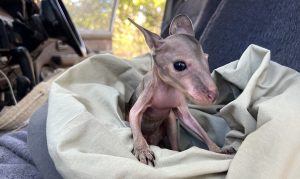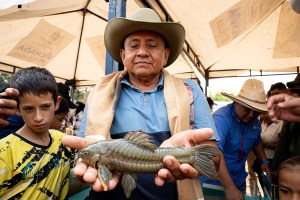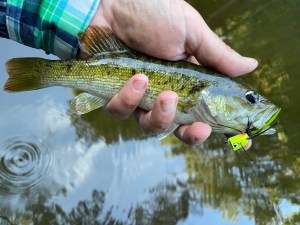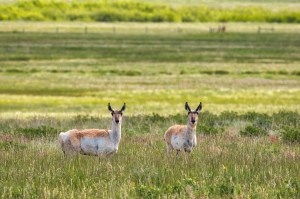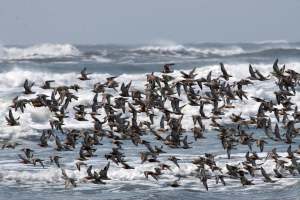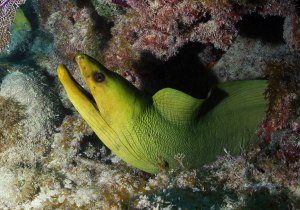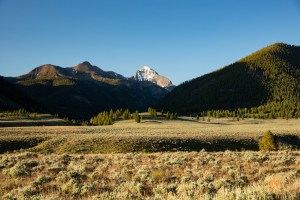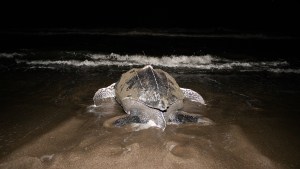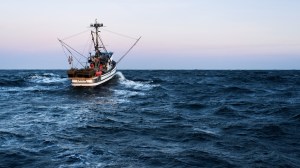Discover stories in Geography
Floral Arrangement: Can Floating Flower Mats Reduce Nutrient Pollution?
Floating flowers have the power to clean nutrient-loaded runoff in South Florida.
Saving Dixie: 24 Hours Caring for a Wallaby Joey
Writer Justine Hausheer spends 24 hours caring for an orphaned wallaby.
Restoring River Oxbows Benefits Endangered Fish
The Topeka shiner is returning to Iowa rivers; restoration offers benefits for water quality and flood control.
The Curito: Guardian of Orinoquia Conservation and Tradition
This special fish reflects the amphibious cultural identity of the people of Orinoquia, Colombia.
50 Fish, 50 States: Rise of the Redeye
As part of his 50 Fish, 50 States series, Matt Miller visits Alabama in search of Coosa bass.
Pronghorn Place: Preserve Protects Wildlife Migration Route
On Idaho's Flat Ranch Preserve, pronghorn have room to roam.
To Save the Red Knots, Look to Blue Carbon
Six ways natural climate solutions are supporting coastal biodiversity and communities around the world.
Meet Lizzie McLeod, TNC’s Global Oceans Director
From religion major to glass blower to leader in global ocean conservation, Lizzie McLeod’s career path has been anything but conventional.
7 Strange Species from the Ocean’s Depths
Eye-eating worms, crabs that look like a yeti, and eels that help fish hunt.
Six Spectacular Places to Experience the Sagebrush Sea
Six places to visit the stunning sagebrush sea, as recommended by TNC staff working to protect this biologically rich landscape.
Migration Data Helps Protect Leatherbacks Across Oceans
Data from a TNC-lead tagging study reveals the epic migrations of leatherback turtles.
Fisheries Trusts Can Advance Sustainability and Resilience Goals
The first national review of community fisheries trusts in the U.S. shows they can achieve positive outcomes for fishing communities and marine ecosystems.

